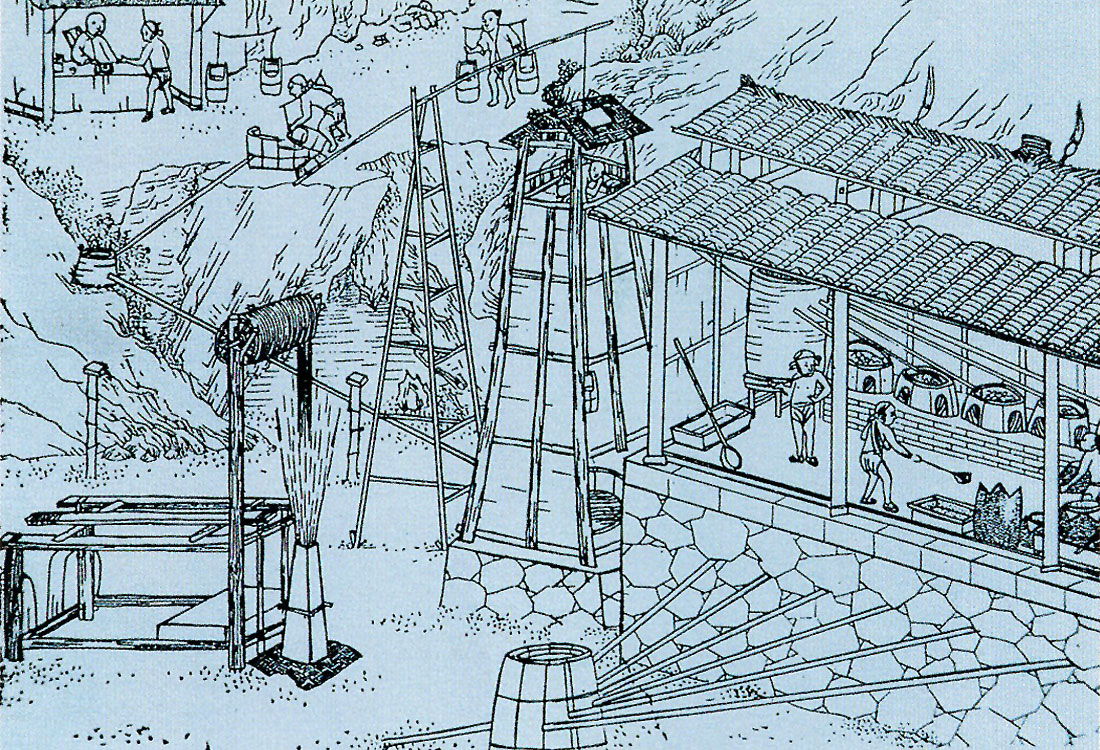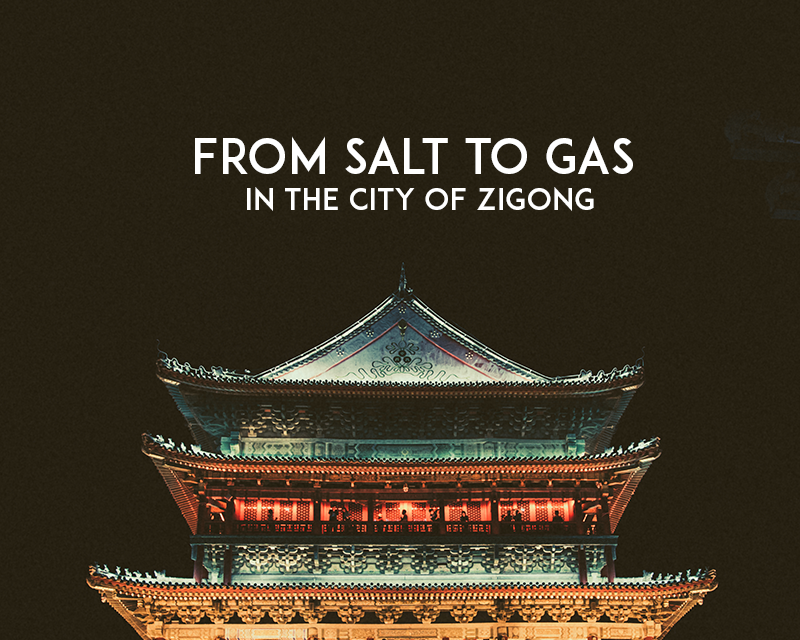One day I was cooking lunch over the natural gas stove in our house. I became mesmerized by the beautiful blue flame and started wondering about the story of natural gas.
So I started doing some research and would often comes across statements like this:
One of the most famous of these natural gas flames was found in ancient Greece, on Mount Parnassus around 1000 B.C. A goat herdsman came across what looked like a ‘burning spring’, a flame rising from a fissure in the rock. The Greeks, believing it to be of divine origin, built a temple on the flame. This temple housed a priestess who was known as the Oracle of Delphi, giving out prophecies inspired by the flame.
These types of springs became prominent in the religions of India, Greece, and Persia. It wasn’t until about 500 B.C. that the Chinese discovered the potential to use these fires to their advantage. Finding places where gas was seeping to the surface, the Chinese formed crude pipelines out of bamboo shoots to transport the gas, where it was used to boil sea water, separating the salt and making it palatable.
What stuck out to me what the word crude and I wondered how crude it could be? So off I went following the rabbit hole and low and behold, there wasn’t anything crude. What I discovered what an amazing level of skill and creativity. The people in the area of Zigong had figured out how to mine for brine and boil it down into salt. They had a huge salt trade and when it become to popular they used of most of the trees in the area for fire. Natural gas was coming up out of the brine that they were mining and thus they figured out how to create a sophisticated bamboo pipeline to bring the gas to the salt pans.

An ancient sketch originally fro m “The Annals of Salt Law of Sichuan Province”. A “Kang Pen” drum is seen in the centre foreground, with gas pipes directly feeding the salt stoves on the right. At the top, brine from a remote well is being carried in buckets by men, who feed it into a bamboo pipeline that runs down to the stoves. One of the carriers is being paid at top left, and it appears that a blow out is depicted on a new well being drilled in the left foreground; maybe the men operating the drill rig have run away, as tragically happened at a Chongqing, Sichuan sour gas well, late 2003. (from Zhong & Huang)
But this is only the beginning of the story. Check out Oliver Kuhn’s article that describe in detail his visit to the Salt Museum in Zigong.

